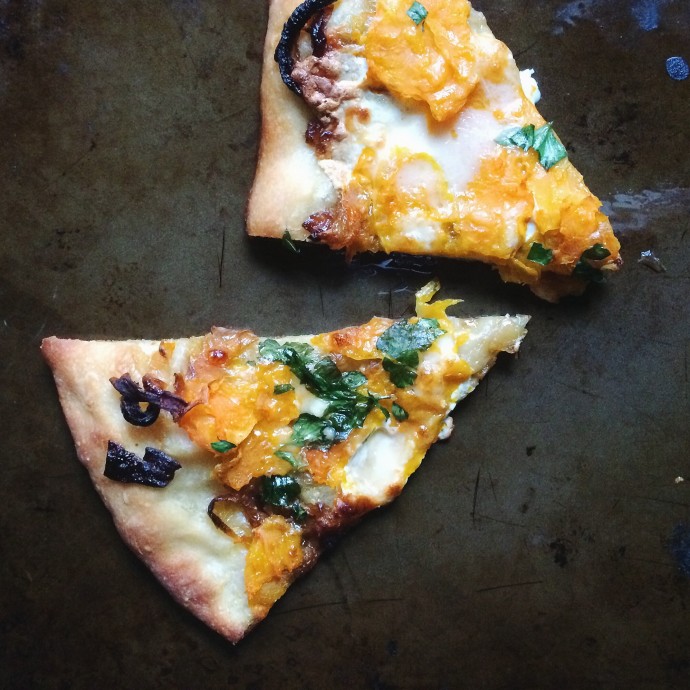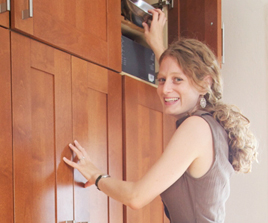Six months ago, we moved (two blocks) to a new apartment. Between the beautiful afternoon light and the roof deck where I’m about to plant radishes(!), we marvel each day at our NYC real estate luck-no matter that we hike up five flights to reach our nest and now cook on an electric stove.
The kitchen, though, didn’t have a microwave when we got here, nor an obvious place to install one, so we decided to try nuke-free living for a while before we committed any counter space to the gadget. Six months in, we barely miss the ability to melt cheese in a heartbeat. That’s not fully true. But still, though there’s more patience needed to reheat leftovers or make oatmeal, and more dishes dirtied in the process, I’ve loved the exercise in not depriving foods of texture and never sticking my spoon into steaming soup to find that the center is cold.
Here are my notes and tips from a half year of microwave-free cooking and eating.

Reheating Leftovers
Stovetop heat is bottom up, so the key to getting your leftovers good and hot throughout is to capture some steam, creating an oven-like situation in your pan. Note, by the way, that we don’t have a toaster oven either. This is all about stovetop and oven.
For pasta (sauced or plan), I like to add some olive oil to the pan. If I’m looking for crispy edges, I cook over medium heat, turning every so often. If I want sauced pasta to get a little soft, I cover the pan. See also: Fried Noodles, Spaghetti with Red Sauce & a Fried Egg.
Extra rice dries out in the fridge, making it the perfect candidate for use in fried rice or rice pudding cereal. I used to love being able to make rice in advance for dinner parties, then heating it up til it was fluffy and hot in the microwave. I’m still working on an exact replacement for that situation, but it definitely involves some extra water. I have been experimenting with a bastardized Persian rice, where you melt butter in the bottom of a pot, then add the leftover rice and some splashes of water, reheating the whole thing very slowly til the rice is moist again and the bottom has a crust. Also, if you know you’re going to eat your rice with curry, for example, store them in the fridge together-the sauce will prevent the rice from drying out, and then you can reheat in a covered pan over low heat all together.
I always skipped the microwave for pizza anyway. I’d rather eat it cold than soggy! You can reheat pizza in the oven (at a high temp, for a very short time), but if you don’t want to preheat for just a slice or two, grab a big enough pan and set it over medium heat. When it’s hot, add your slices and then cover the pan with any lid that even remotely fits. This will create steaminess inside. When the bottom crust is crispy and the cheese is melted, you’re ready. This is also how I make open-faced grilled cheese toasts.





